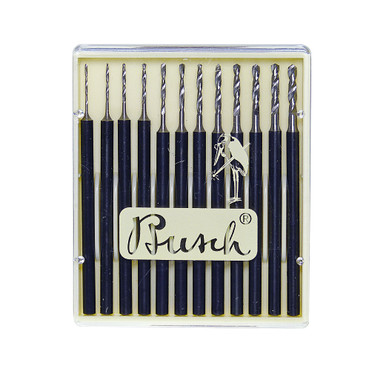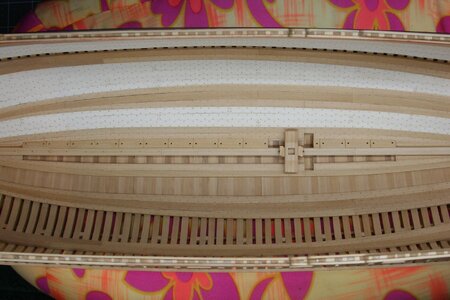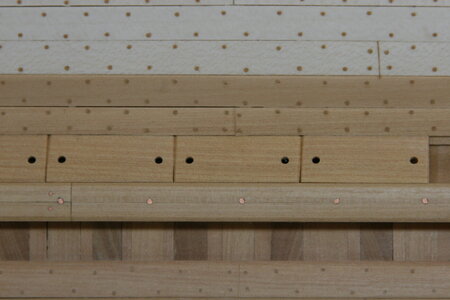From my experience, I diluted with a ratio of 1:5, one part of Bras Black and 5 parts of water. There is no exact recipe, different bras alloy has a different percentage of components and, therefore will react differently. As Paul said, the slow curing process works the best. But the most important part is the cleaning, the surface MUST be spotless of oxidation and other fingers touching (oils). Vinegar removes oxidation, Ammonia removes the rest.Thank you, I have this in stock. So next time when I have to blackening brass I give it a try to dilute the casey. Is there a special amount? 1 part on 100 for example?
Happy blackening.










